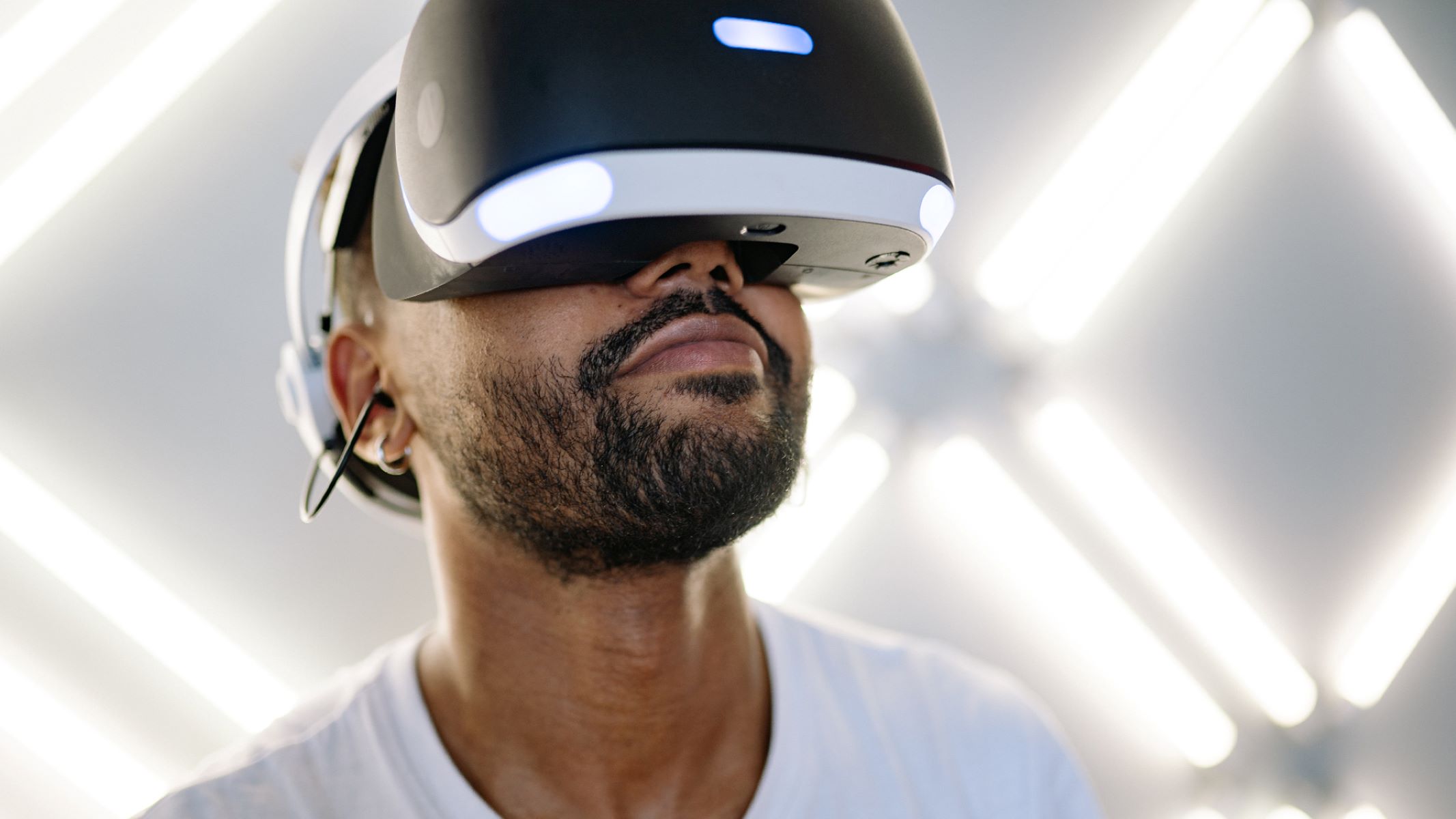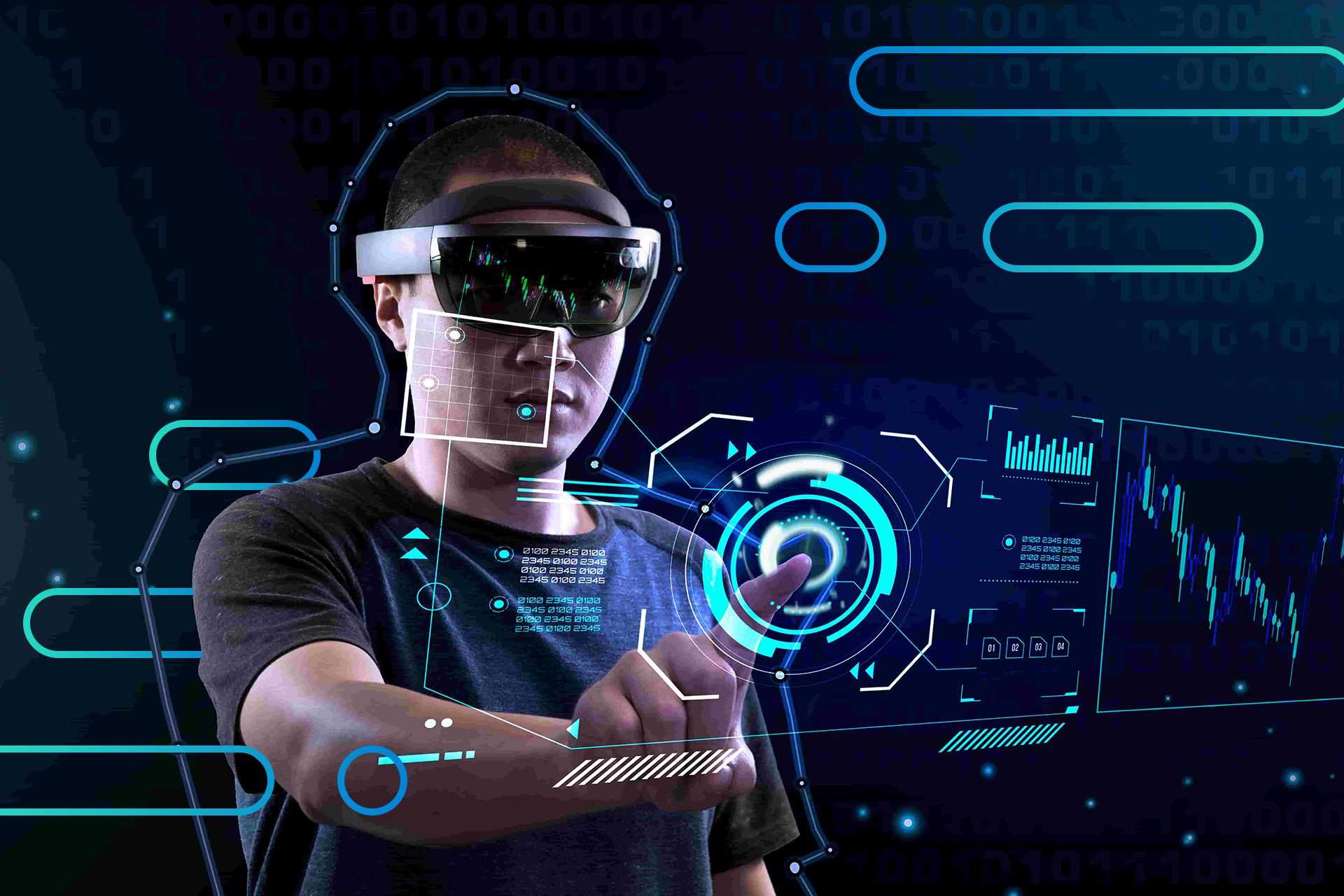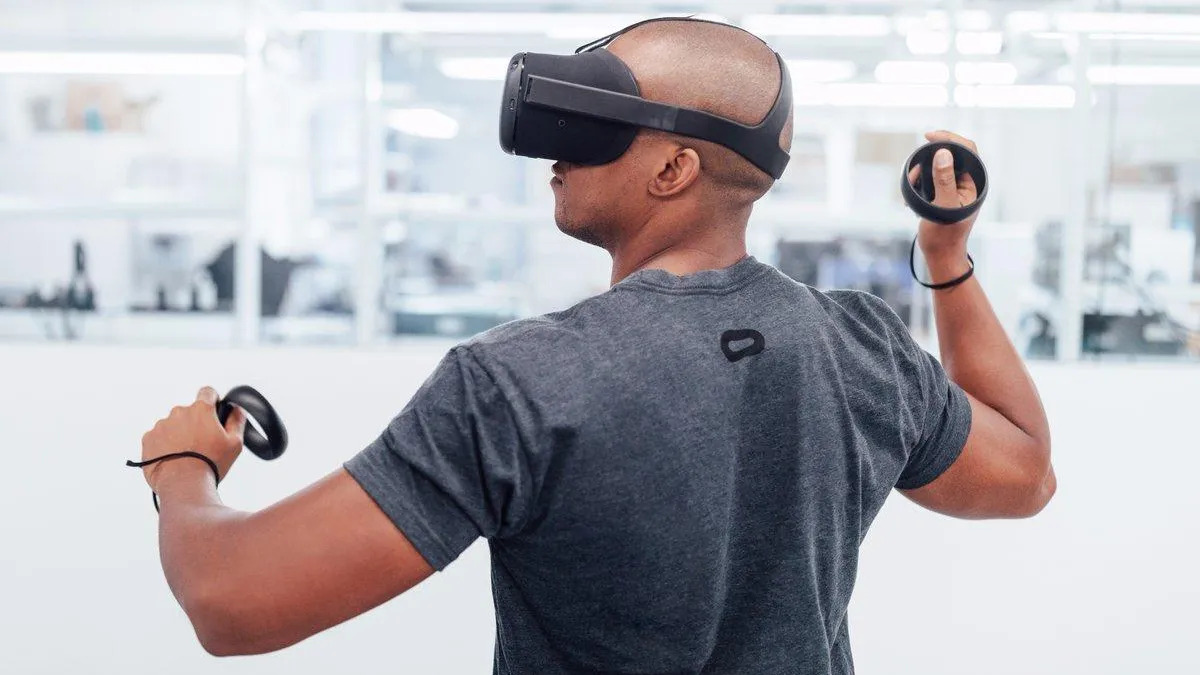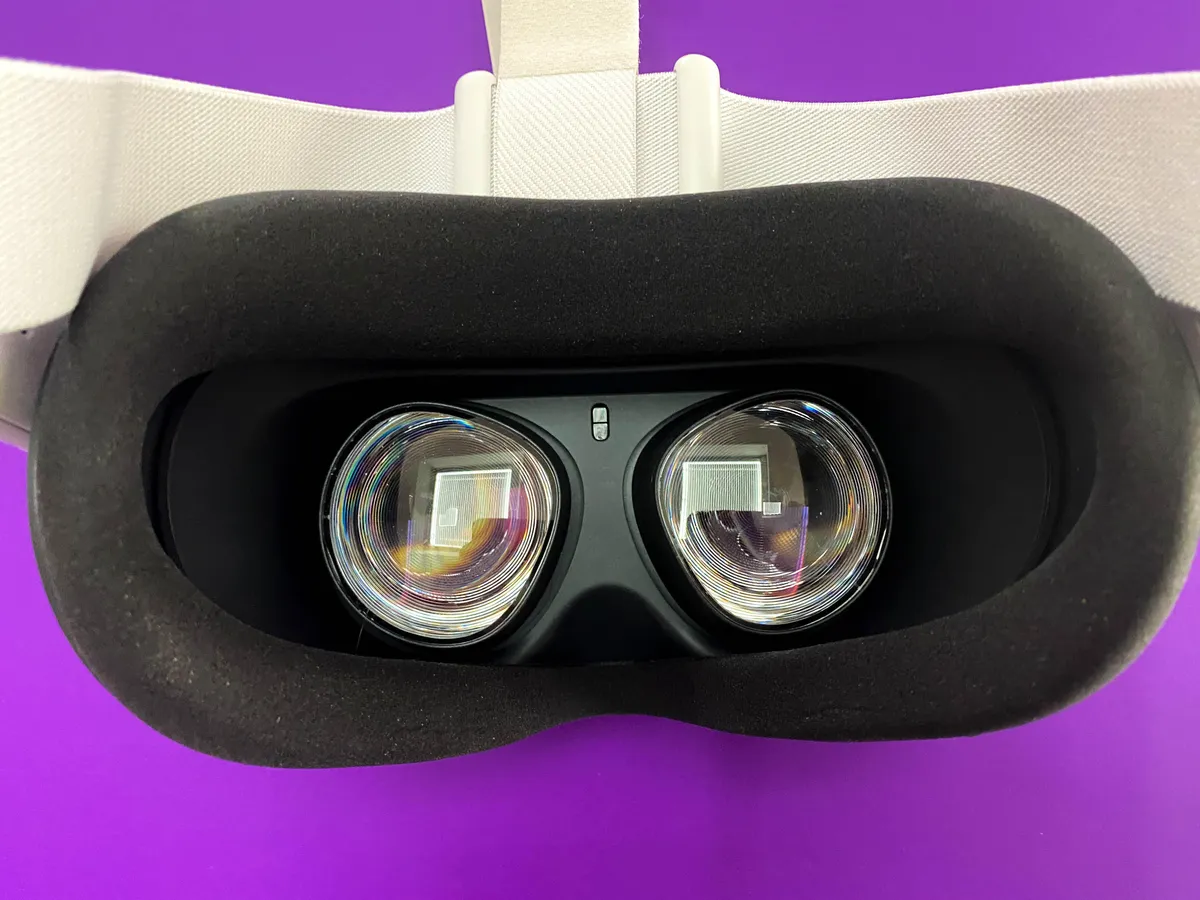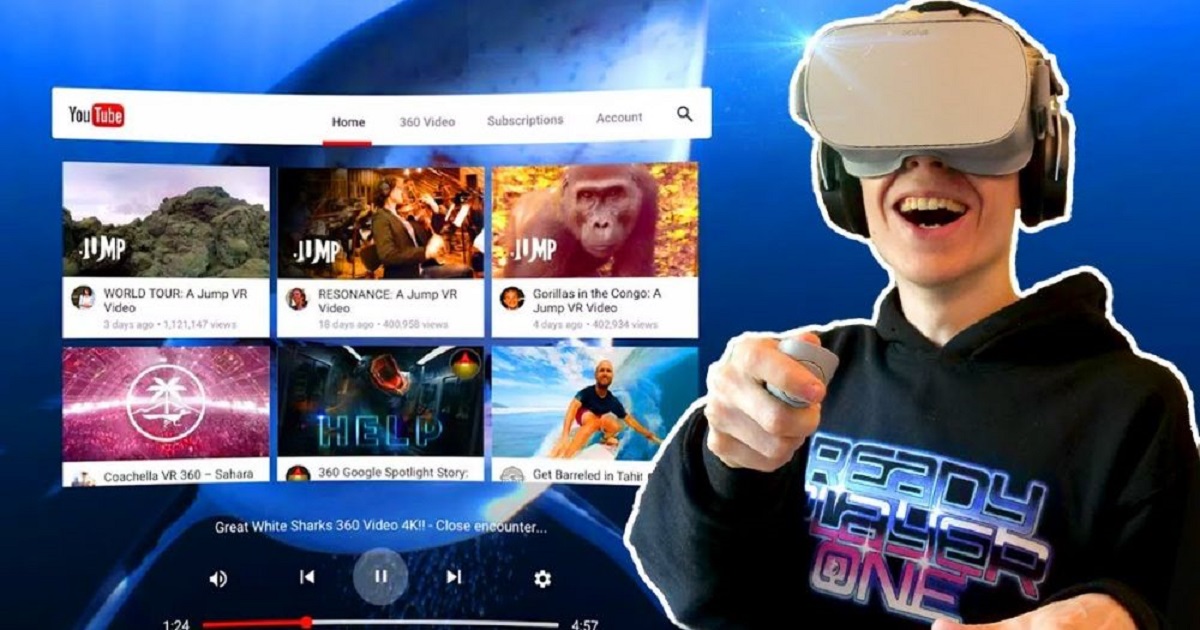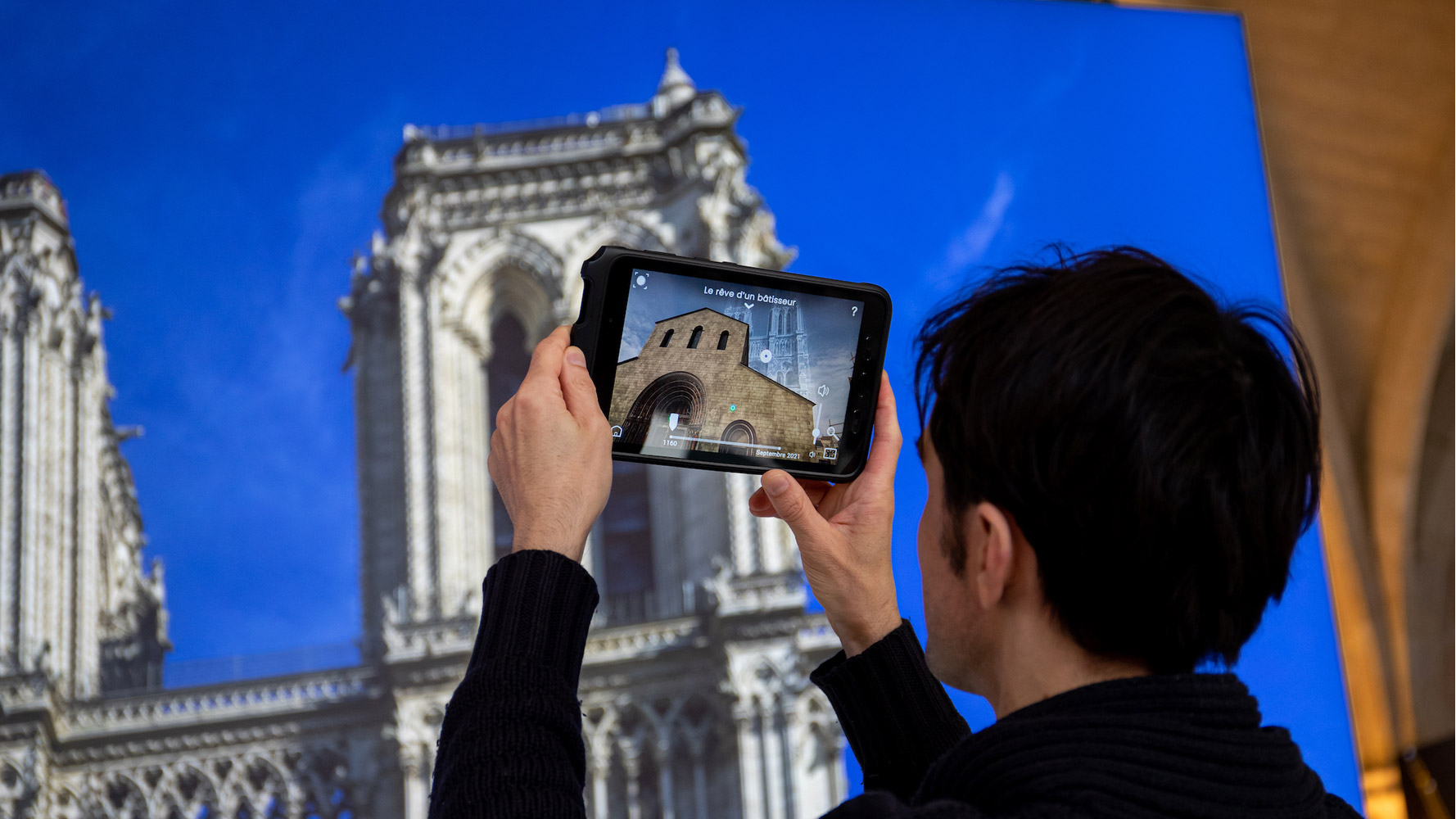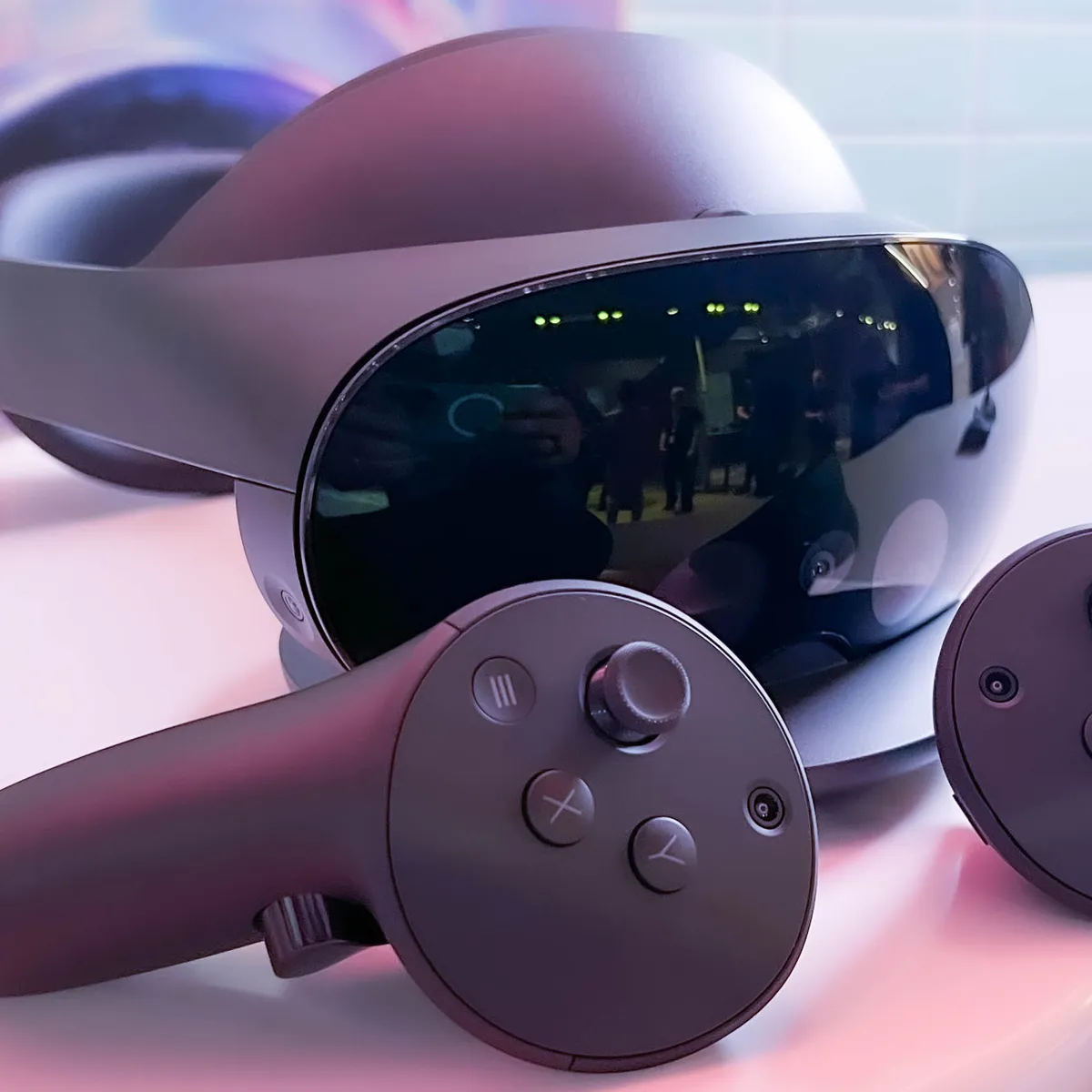Introduction
Virtual Reality (VR) has emerged as a groundbreaking technology, revolutionizing the way we interact with digital content. It enables users to immerse themselves in a simulated environment, blurring the lines between the physical and digital worlds. As the popularity of VR continues to soar, it's essential to delve into the crucial technical aspects that underpin the immersive experience. One such fundamental aspect is the frame rate of VR headsets, which plays a pivotal role in delivering a seamless and captivating virtual experience.
Understanding the intricacies of frame rate in the context of VR is paramount for both enthusiasts and developers. It directly impacts the fluidity and realism of the virtual environment, influencing user comfort and overall satisfaction. By comprehending the nuances of frame rate metrics and their implications, users and developers can make informed decisions to optimize their VR experiences.
In this comprehensive guide, we will delve into the realm of frame rate in virtual reality, shedding light on its significance, underlying concepts, and practical implications. By unraveling the complexities of frame rate and its impact on VR immersion, readers will gain valuable insights into maximizing the potential of their VR headsets. Let's embark on this enlightening journey to demystify the world of VR frame rate and equip ourselves with the knowledge to elevate our virtual experiences.
Frame Rate in Virtual Reality
In the realm of virtual reality (VR), frame rate stands as a cornerstone of the immersive experience, wielding a profound influence on the overall quality and realism of the virtual environment. Essentially, frame rate refers to the frequency at which consecutive images, or frames, are displayed on the VR headset's screen. This metric is quantified in frames per second (fps), where a higher frame rate signifies a smoother and more lifelike visual experience.
The significance of frame rate in VR cannot be overstated. When users don a VR headset, they enter a meticulously crafted digital realm that aims to simulate reality with utmost fidelity. As they explore virtual landscapes, engage in thrilling adventures, or interact with simulated objects, the fluidity and responsiveness of the visuals directly impact their sense of immersion and comfort.
A higher frame rate translates to seamless motion and reduced latency, enabling users to perceive the virtual world with heightened clarity and naturalness. Conversely, a lower frame rate can introduce visual artifacts, motion blur, and a disjointed sense of movement, detracting from the immersive allure of the VR experience.
Moreover, the importance of frame rate extends beyond mere visual quality; it significantly influences user comfort and physiological responses. A higher frame rate contributes to a more stable and comfortable viewing experience, reducing the likelihood of motion sickness and discomfort that can arise from visual inconsistencies and lag.
In the context of VR, achieving and maintaining a consistently high frame rate is paramount for delivering a captivating and immersive experience. This necessitates the seamless synchronization of the VR headset's display with the graphical rendering process, ensuring that each frame is delivered to the user's eyes in a timely and coherent manner.
As VR technology continues to evolve, the pursuit of higher frame rates remains a focal point for developers and hardware manufacturers. The quest for smoother, more responsive visuals drives innovation in display technologies, graphics processing, and software optimization, ultimately elevating the potential for immersive VR experiences.
In the subsequent sections, we will delve deeper into the intricacies of frame rate metrics, exploring the underlying concepts of refresh rate and persistence, and unraveling the practical implications of frame rate on the VR experience. By gaining a comprehensive understanding of these facets, readers will be empowered to optimize their VR setups and maximize the potential of their virtual adventures.
Refresh Rate and Persistence
In the realm of virtual reality (VR), the concepts of refresh rate and persistence play a pivotal role in shaping the visual fidelity and responsiveness of the VR experience. Understanding these fundamental aspects is essential for grasping the intricacies of frame rate metrics and their implications for immersive VR environments.
The refresh rate of a VR headset refers to the frequency at which the display panel refreshes the image, typically measured in Hertz (Hz). A higher refresh rate signifies a more frequent updating of the displayed frames, resulting in smoother and more fluid visuals. This directly correlates with the perceived responsiveness of the virtual environment, enhancing the sense of immersion and realism for the user.
In practical terms, a higher refresh rate reduces motion blur and visual artifacts, especially during fast-paced movements or rapid head rotations. This is particularly crucial in VR, where users are actively engaged in exploring dynamic and interactive digital spaces. By ensuring a high refresh rate, VR headsets can deliver a heightened sense of presence and visual fidelity, minimizing disruptions that could compromise the immersive experience.
Persistence, on the other hand, pertains to the duration for which each individual frame is displayed before being updated. In the context of VR displays, persistence directly influences motion clarity and the perception of motion blur. A lower persistence value results in reduced motion blur and improved visual clarity, particularly during rapid movements or scene transitions.
To achieve optimal visual performance, VR headset displays strive to minimize persistence, ensuring that each frame is displayed for a brief duration before transitioning to the next frame. This approach enhances the perceived sharpness and responsiveness of the visuals, contributing to a more convincing and naturalistic VR experience.
As VR technology continues to advance, the pursuit of higher refresh rates and lower persistence remains a focal point for display innovation. By leveraging cutting-edge display technologies and advanced rendering techniques, VR developers and hardware manufacturers aim to push the boundaries of visual fidelity, delivering captivating and seamless VR experiences that captivate users and blur the lines between the real and virtual worlds.
By comprehending the nuances of refresh rate and persistence, VR enthusiasts and developers can make informed decisions when selecting and optimizing VR headsets, ensuring that they harness the full potential of these critical metrics to craft immersive and visually stunning virtual experiences.
Understanding Frame Rate Metrics
In the realm of virtual reality (VR), understanding the intricacies of frame rate metrics is paramount for both enthusiasts and developers. Frame rate, quantified in frames per second (fps), serves as a crucial indicator of the visual fluidity and responsiveness within the VR environment. By delving into the nuances of frame rate metrics, users and developers can gain valuable insights into optimizing their VR experiences and ensuring a seamless, captivating virtual journey.
The frame rate metric directly reflects the frequency at which consecutive frames are displayed on the VR headset's screen. A higher frame rate translates to smoother, more lifelike visuals, enhancing the overall immersive allure of the virtual environment. This metric is intrinsically linked to the perceptual quality of motion and the user's sense of presence within the digital realm. As users interact with virtual landscapes, engage in dynamic experiences, and explore interactive environments, the frame rate plays a pivotal role in shaping their visual comfort and the naturalness of their interactions.
In the context of VR, achieving and maintaining a consistently high frame rate is imperative for delivering an engrossing and comfortable experience. This necessitates the seamless synchronization of the VR headset's display with the graphical rendering process, ensuring that each frame is presented to the user's eyes in a timely and coherent manner. By optimizing frame rate metrics, developers can minimize visual artifacts, motion blur, and latency, fostering a compelling and immersive virtual journey for users.
Furthermore, comprehending frame rate metrics empowers users to make informed decisions when selecting VR hardware and software, ensuring that they prioritize the visual fluidity and responsiveness that align with their immersive aspirations. As VR technology continues to evolve, the pursuit of higher frame rates remains a driving force for innovation, propelling advancements in display technologies, graphics processing, and software optimization. This relentless pursuit of visual excellence underscores the pivotal role of frame rate metrics in shaping the future of immersive virtual experiences.
By unraveling the complexities of frame rate metrics and their implications, users and developers can harness the full potential of VR technology, elevating the visual fidelity, responsiveness, and overall quality of the virtual experiences. This comprehensive understanding serves as a cornerstone for unlocking the captivating potential of VR and immersing oneself in awe-inspiring digital realms.
In the subsequent sections, we will explore the practical implications of frame rate on the VR experience, shedding light on the impact of frame rate optimization and equipping readers with the knowledge to elevate their virtual adventures.
Impact of Frame Rate on VR Experience
The impact of frame rate on the virtual reality (VR) experience is profound, influencing the overall quality, immersion, and user comfort within the digital realm. A higher frame rate translates to smoother, more responsive visuals, fostering a heightened sense of presence and realism for VR enthusiasts. Conversely, a lower frame rate can introduce visual artifacts, motion blur, and latency, detracting from the immersive allure of the VR environment.
At a fundamental level, the frame rate directly influences the perceptual quality of motion within the VR experience. When users explore virtual landscapes, engage in dynamic interactions, or partake in immersive adventures, the fluidity and responsiveness of the visuals significantly impact their sense of immersion and comfort. A higher frame rate ensures that fast-paced movements and scene transitions are rendered with remarkable clarity and naturalness, enhancing the overall fidelity of the virtual environment.
Moreover, the impact of frame rate extends beyond mere visual quality; it profoundly influences user comfort and physiological responses. A higher frame rate contributes to a more stable and comfortable viewing experience, reducing the likelihood of motion sickness and discomfort that can arise from visual inconsistencies and lag. This is particularly crucial in VR, where users are deeply engaged in interactive and dynamic digital environments, necessitating a seamless and captivating visual experience.
Furthermore, the impact of frame rate on the VR experience is intricately linked to the user's sense of presence within the digital realm. A higher frame rate fosters a heightened perception of being "present" within the virtual environment, blurring the lines between the real and digital worlds. This heightened sense of presence is pivotal for crafting compelling and immersive VR experiences, enabling users to fully immerse themselves in captivating digital realms with unparalleled realism and interactivity.
As VR technology continues to advance, the pursuit of higher frame rates remains a focal point for developers and hardware manufacturers. The relentless quest for smoother, more responsive visuals drives innovation in display technologies, graphics processing, and software optimization, ultimately elevating the potential for immersive VR experiences.
In essence, the impact of frame rate on the VR experience cannot be overstated. By prioritizing and optimizing frame rate metrics, VR enthusiasts and developers can elevate the visual fidelity, responsiveness, and overall quality of virtual experiences, unlocking the captivating potential of VR and immersing themselves in awe-inspiring digital realms.
Optimizing Frame Rate for Virtual Reality Headsets
Optimizing frame rate for virtual reality (VR) headsets is a critical endeavor that directly impacts the immersive quality and visual fidelity of the VR experience. By prioritizing and fine-tuning frame rate metrics, users and developers can elevate the responsiveness, realism, and overall comfort within the digital realm, crafting captivating and seamless virtual adventures.
One of the key strategies for optimizing frame rate in VR headsets involves leveraging advanced graphics processing capabilities. By harnessing powerful GPUs and optimized rendering techniques, developers can ensure that the VR environment is rendered with remarkable efficiency and precision, minimizing latency and visual artifacts. This approach facilitates the seamless delivery of high frame rates, fostering a compelling and immersive visual experience for users.
Furthermore, optimizing frame rate for VR headsets entails meticulous attention to software performance and optimization. By fine-tuning rendering pipelines, minimizing overhead, and leveraging advanced rendering APIs, developers can maximize the efficiency of frame rate delivery, ensuring that each frame is presented to the user with unparalleled fluidity and clarity. This meticulous software optimization plays a pivotal role in elevating the visual fidelity and responsiveness of VR experiences, fostering a sense of presence and immersion within the digital realm.
Additionally, the selection of VR hardware and display technologies is instrumental in optimizing frame rate for VR headsets. By investing in high-refresh-rate displays and cutting-edge display panels, users can ensure that the VR environment is presented with remarkable smoothness and responsiveness, minimizing motion blur and visual inconsistencies. This strategic selection of hardware components aligns with the pursuit of higher frame rates, ultimately enhancing the overall quality and immersive allure of VR experiences.
Moreover, ongoing advancements in VR hardware and software optimization continue to drive the optimization of frame rate metrics. As hardware manufacturers and developers collaborate to push the boundaries of visual fidelity and responsiveness, the potential for optimizing frame rate in VR headsets expands, promising captivating and seamless virtual adventures for enthusiasts and users.
In essence, optimizing frame rate for VR headsets is a multifaceted endeavor that encompasses hardware selection, software optimization, and leveraging advanced graphics processing capabilities. By prioritizing and fine-tuning frame rate metrics, users and developers can unlock the full potential of VR technology, delivering captivating and seamless virtual experiences that blur the lines between the real and digital worlds.
Conclusion
In conclusion, the realm of virtual reality (VR) is a captivating frontier that continues to redefine the boundaries of digital immersion and interactive experiences. Throughout this comprehensive guide, we have delved into the intricacies of frame rate in VR, unraveling its significance, underlying concepts, and practical implications. By gaining a profound understanding of frame rate metrics, refresh rate, persistence, and their impact on the VR experience, readers have equipped themselves with valuable insights to optimize their virtual adventures and harness the full potential of VR technology.
The impact of frame rate on the VR experience cannot be overstated. It directly influences the perceptual quality of motion, user comfort, and the sense of presence within the digital realm. A higher frame rate fosters smoother, more responsive visuals, enhancing the overall fidelity and realism of the virtual environment. By prioritizing and optimizing frame rate metrics, VR enthusiasts and developers can elevate the visual quality, responsiveness, and overall comfort within the digital realm, crafting captivating and seamless virtual adventures.
As VR technology continues to evolve, the pursuit of higher frame rates remains a driving force for innovation, propelling advancements in display technologies, graphics processing, and software optimization. The relentless quest for smoother, more responsive visuals underscores the pivotal role of frame rate metrics in shaping the future of immersive virtual experiences. Leveraging advanced graphics processing capabilities, meticulous software optimization, and strategic hardware selection, users and developers can ensure that VR headsets deliver compelling and immersive visual experiences that captivate users and blur the lines between the real and virtual worlds.
In essence, the pursuit of optimizing frame rate in VR headsets is a multifaceted endeavor that encompasses hardware selection, software optimization, and leveraging advanced graphics processing capabilities. By empowering themselves with a comprehensive understanding of frame rate metrics and their implications, users and developers are poised to unlock the captivating potential of VR technology, immersing themselves in awe-inspiring digital realms with unparalleled realism and interactivity. As VR continues to captivate audiences and push the boundaries of digital experiences, the optimization of frame rate metrics stands as a cornerstone for delivering captivating and seamless virtual adventures that resonate with users on a profound level.







